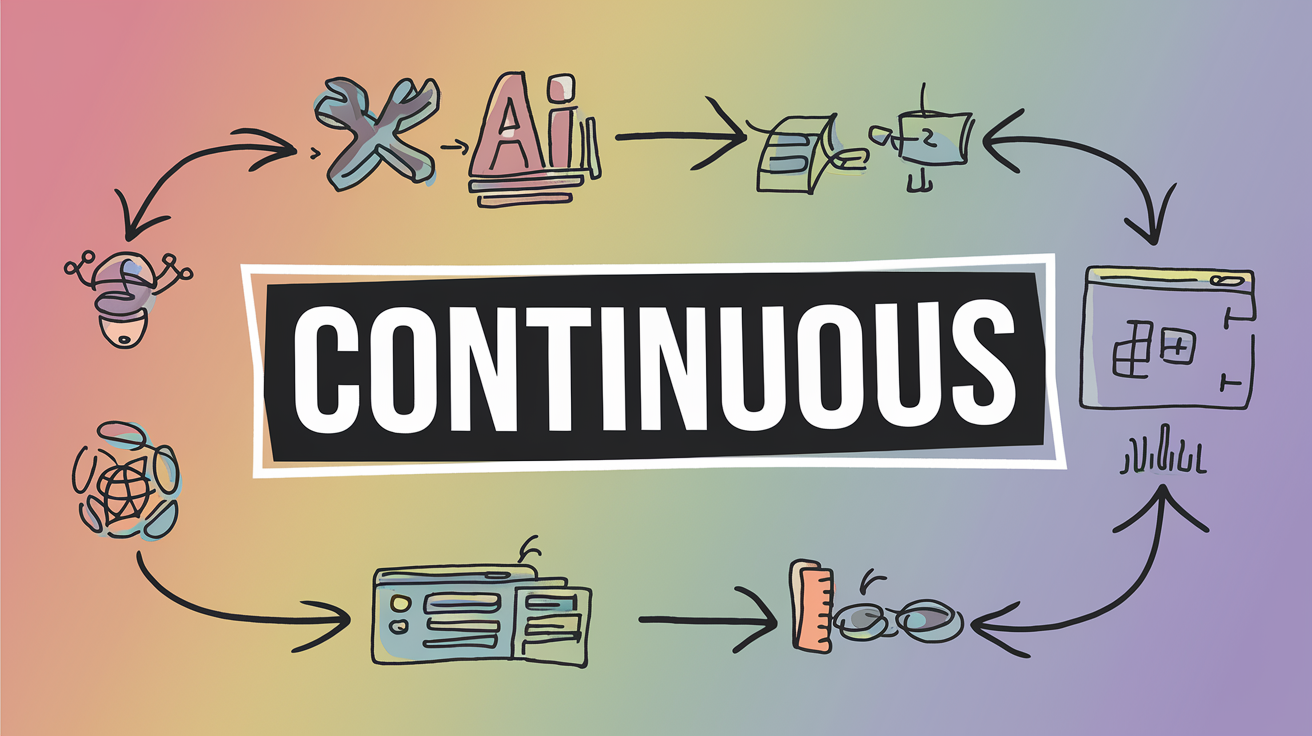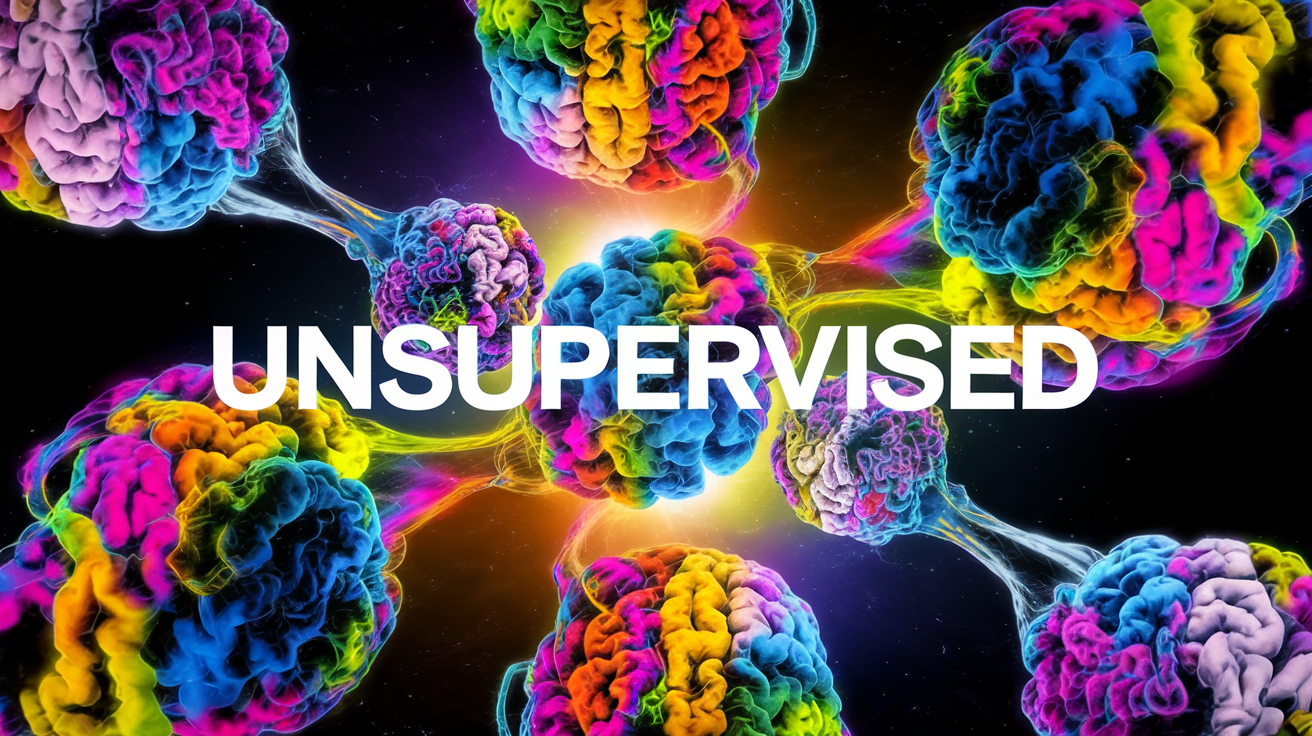Neutral Networks in Action
The Future of Customer Segmentation: Customer segmentation has long been a cornerstone of effective marketing strategies. By dividing customers into distinct groups based on shared characteristics, businesses can tailor their approaches to meet specific needs and preferences. However, the advent of neural networks in modern marketing has revolutionized this process, offering unprecedented accuracy and insights.
Neural networks, inspired by the human brain's structure, are transforming customer segmentation by enabling more effective target marketing. These sophisticated algorithms can process vast amounts of complex data, uncovering patterns and relationships that traditional methods often miss.

Traditional Customer Segmentation vs. Neural Network Approach
Conventional segmentation methods, while useful, have limitations. They often rely on predefined rules and struggle with large, diverse datasets. Neural networks, in contrast, excel at handling complex, high-dimensional data. This shift from rule-based to data-driven segmentation allows for more nuanced and accurate customer groupings.
The advantages of neural networks in segmentation include:
- Ability to process unstructured data
- Identification of non-linear relationships
- Continuous learning and adaptation

Types of Neural Networks in Customer Segmentation
Unsupervised neural networks
1. Self-Organizing Maps (SOM): These networks create low-dimensional representations of high-dimensional data, ideal for visualizing complex customer segments.
2. Autoencoders: These networks compress data into a compact representation, useful for feature extraction and anomaly detection in customer behavior.

Supervised neural networks
1. Artificial Neural Networks (ANN): These versatile networks can classify customers based on multiple attributes simultaneously.
2. Convolutional Neural Networks (CNN): While primarily used in image processing, CNNs can analyze visual data for customer segmentation, such as social media images.
How Neural Networks Transform Customer Segmentation

Neural networks enhance customer segmentation through:
A. Enhanced pattern recognition in customer behavior
B. Real-time segmentation capabilities
C. Improved accuracy in predicting customer preferences
D. Ability to handle high-dimensional data
These capabilities allow marketers to create more precise and dynamic customer segments, leading to more targeted and effective marketing strategies.
Practical Applications in Target Marketing
The advanced segmentation provided by neural networks enables:
A. Hyper-personalization of marketing campaigns
B. Dynamic pricing strategies
C. Product recommendations and cross-selling
D. Customer lifetime value prediction
These applications result in more relevant marketing messages, optimized pricing, and improved customer retention strategies.

Challenges and Considerations
While powerful, neural network-based segmentation faces challenges:
A. Data privacy and ethical concerns
B. Need for high-quality, diverse data sets
C. Interpretability of neural network decisions
Addressing these issues is crucial for responsible implementation of neural network technologies in marketing.
Future Trends in Neural Network-Based Segmentation
The future of neural network-based segmentation looks promising, with trends including:
A. Integration with other AI technologies
B. Advancements in deep learning architectures
C. Increased accessibility for small and medium-sized businesses

These developments will further enhance the precision and applicability of neural network-based segmentation across various industries and business sizes.
Neural networks are revolutionizing customer segmentation, offering unprecedented insights and accuracy. As these technologies continue to evolve, they will play an increasingly crucial role in shaping the future of target marketing. Businesses that embrace these advanced segmentation techniques will be well-positioned to deliver more personalized, effective marketing strategies in an increasingly competitive landscape.
